Food photography has a special place in the world of commercial photography because of how unintimidating it can be at first. Snapshots on mom-and-pop dinner menus and amateur food pictures on twitter have made anyone believe that they have the artistic eye for food photography. However, anyone who has studied or attempted professional level photography understands the complexity of making a dish look as aesthetically pleasing as possible.
The goal of good food photography is to sell or promote the food. This may seem like an underwhelming prospect, but that mindset betrays ignorance. Food photography is a descendant of still life painting, and opens the subject matter to the full brunt of the photographer's art. In food photography, the commercial photographer is invited to cultivate their technique, especially through the use of lighting, props, and shot selection.



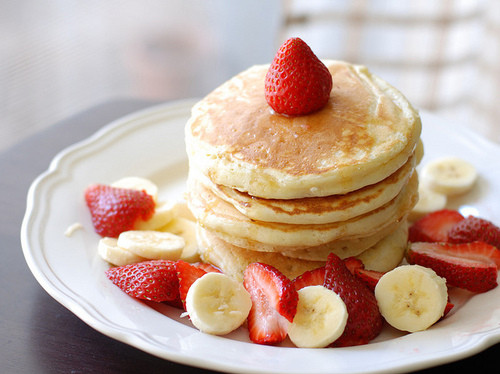
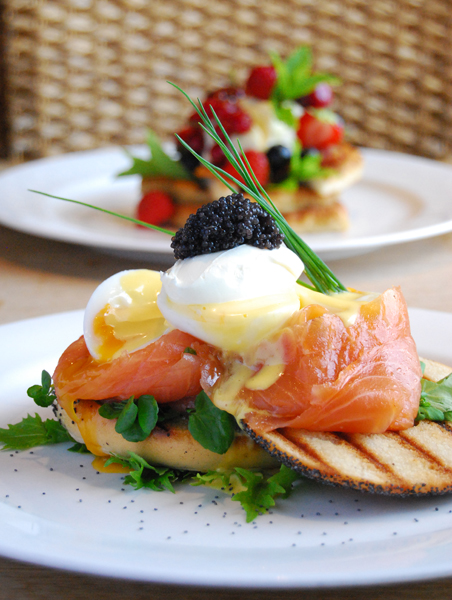
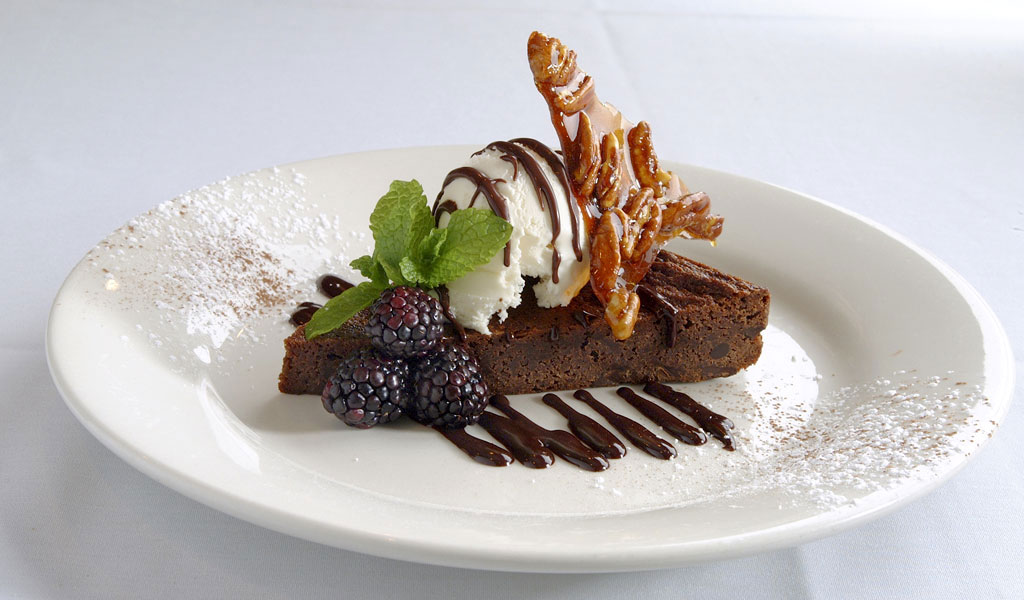
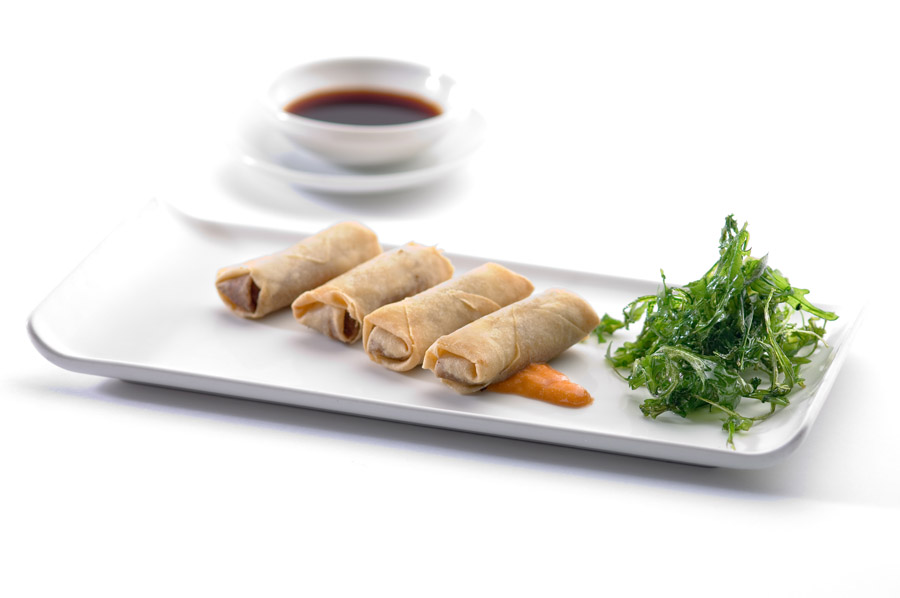
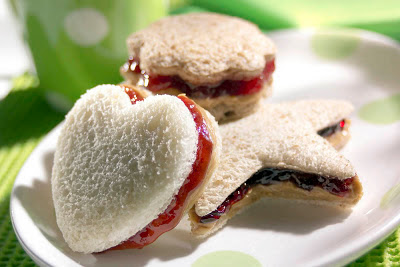

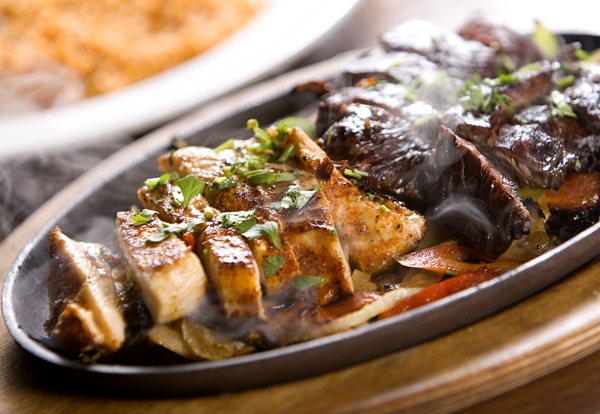


The lighting in photographing food is essentially dictated by the dish being photographed. However, a rule of thumb for most shots is to use as much natural lighting as possible. Flash lighting can be a little too harsh on delicate foods; however, don't certain dishes beg to be lit in more creative ways? Fresh, crisp lighting is standard for a salad or fresh fruit dish, but other foods have different qualities. Wouldn't you want to see the glistened char of a steak or grilled dish shine from a fiery, earthy lighting? Or the clashing saturated colors of the ingredients on a pizza dish? Focus on the qualities of your subject, and emphasize those qualities to form your own lighting style.
Props in food photography are usually secondary, but can tie a shot together if utilized in the correct manner. The best way to use props is to emphasize the meal and make it more appealing. There are many different household substances which can be used as props to doctor up food shots, almost like make-up for a model. A light brushing of vegetable oil can put an appetizing sheen on any surface. Light garnishes like diced nuts, sesame seeds, or parsley can add texture and complexity to a shot, even if they have no place in final dish. Even hairspray can be used to preserve the moisture and hold of cakes and breads over long shoots. Never be afraid of utilizing a new prop or substance for the sake of a better photo.
Finally, shot selection is huge. The eye of the artists is not only concerned with HOW to shoot something, but WHAT to shoot. In some cases, the preparation of a meal could be more aesthetically appealing that the dish itself. Maybe a shot of the chef kneading and preparing the dough will sell a pizza better than an overhead portrait of the finished pie. Or maybe the cut from within a steak will add a color and contrast that will be more appealing that a grilled surface. A good food photographer will be able to find the best way to shoot each dish, as well as the best time of the meal to shoot it.
0 Response to "Food Photography"
Post a Comment